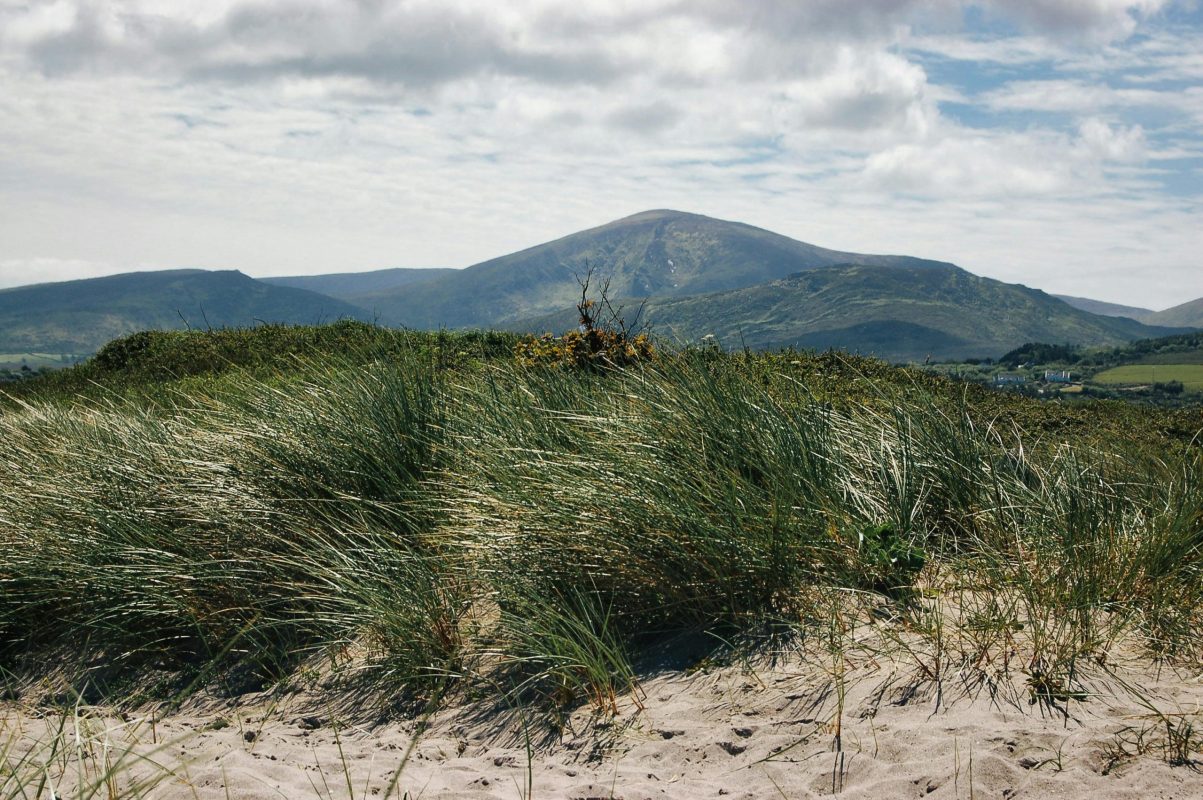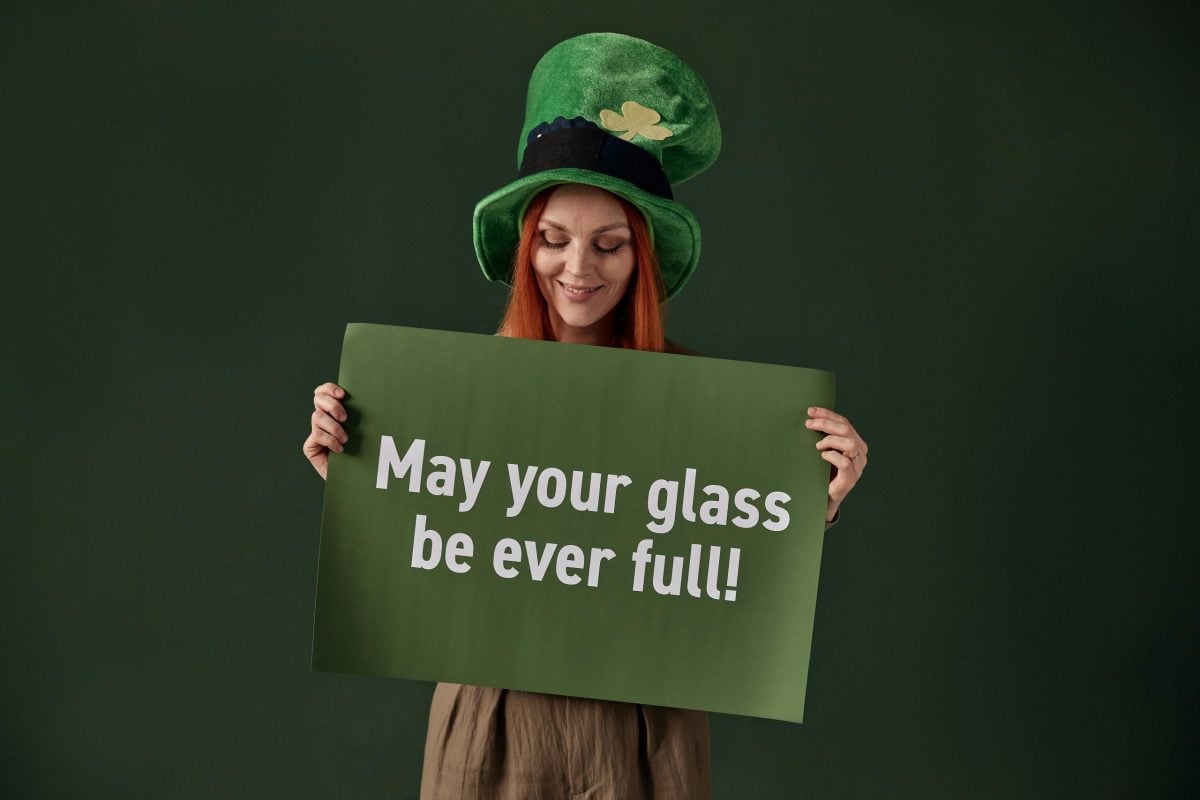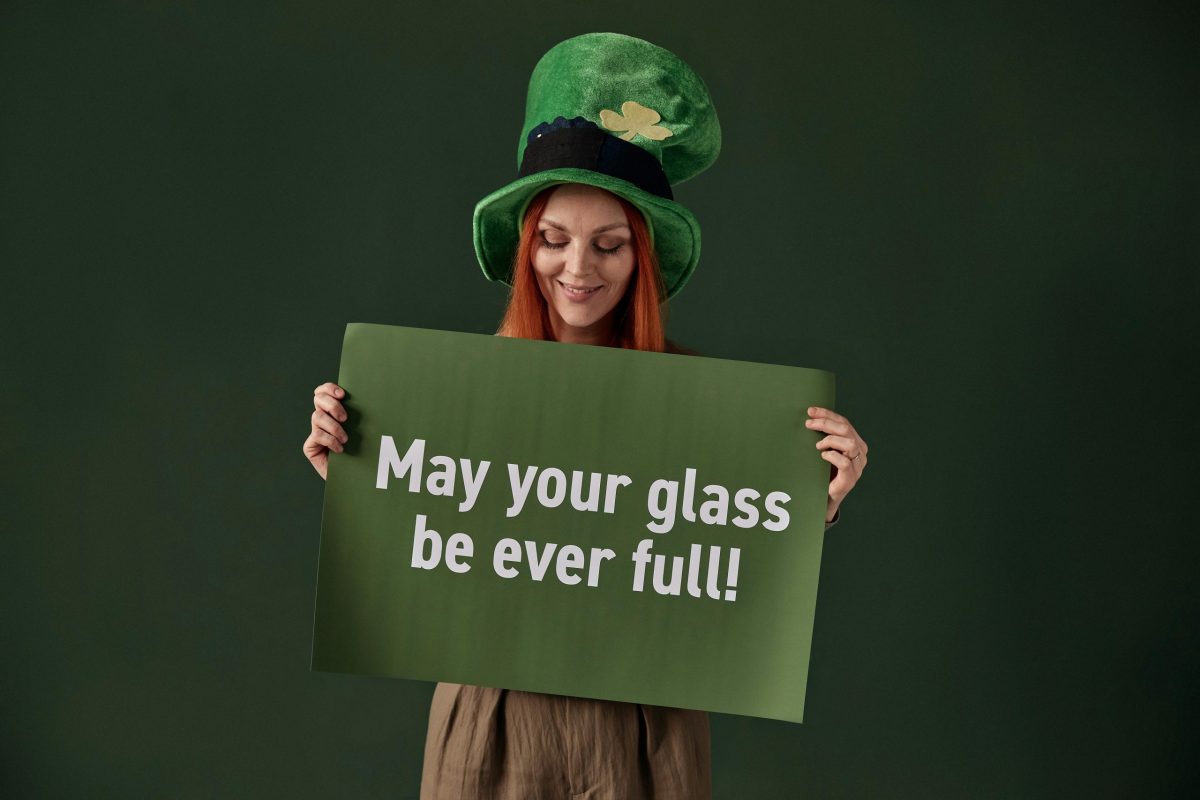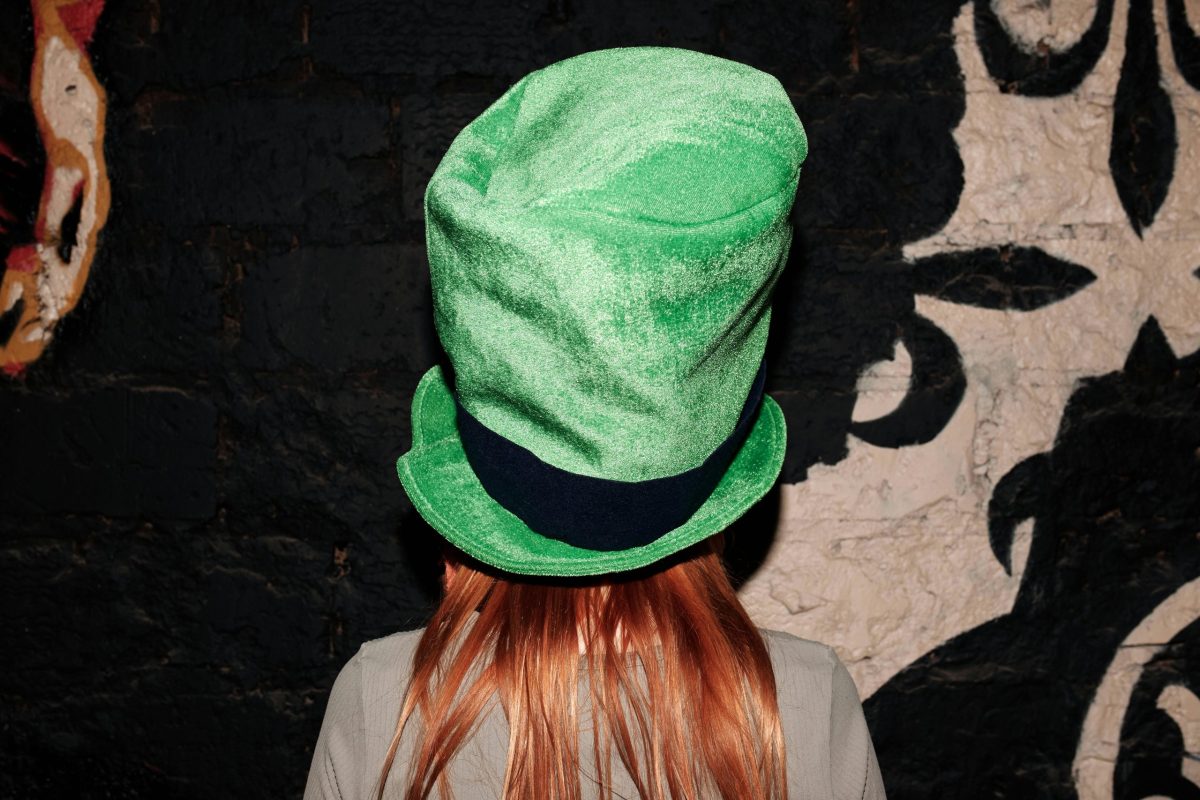“Beneath the Derry Sky: The Day Gaelic Football Stole a Nation’s Heart and United Rivals”
Estimated reading time: 6 minutes
Key Takeaways
- Gaelic football has the power to unite rival communities.
- The sport reflects the rich cultural identity of Ireland.
- Gaelic football nurtures a sense of belonging among the diaspora.
Table of Contents
Introduction
The Heart of the Story
The Wider Echo
The Now & The Next
Did You Know?
FAQs
Final Word
Introduction
Ah, gather ’round, my dear listeners, for on a crisp autumn day filled with the scent of turf smoke and a sky that held the promise of something great, Gaelic football didn’t just grace the fields of Derry; it thundered through the hearts of a nation. Amidst the rivalries stamped in blood and pride, a game unfolded that would reshape our memories and bind us as kin. This is a tale of glory and grit — of a day when everything changed and for one shining moment, our differences vanished like dew under the rising sun.
The Heart of the Story
It was the 90s, a time when Derry’s own Oak Leaf County would clash with the counties of Tyrone and Donegal in a spirit of fierce competition but, more often than not, simmering animosity. Yet, on that fateful day, the sun shone differently, and the roar of the crowd became a war cry for unity. Each kick of the ball spoke not just of the struggle for points but of the age-old tales of our people. Families huddled together in the stands as they cheered for their lion-hearted lads, Giants and heroes emerging from every corner of Derry.
The Wider Echo
But this wasn’t simply about sport; it was a reminder of what it is to be Irish. A reflection of our battles, our spirit, and our unyielding heart. Through the years, Gaelic football has woven itself into the very fabric of our identity, a living testament to how we rise together, like the nightingale breaking the silence of a storm. It echoes through pubs from Dublin to Detroit, binding us in nostalgia, pride, and even heartbreak. Legends born on the pitch resonate with the struggles felt by our ancestors, who dared to dream beyond the horizon.
The Now & The Next
In these unpredictable times, when many in Kerry listen to the news of housing crises and struggling livelihoods, the passion for Irish sport remains a steadfast anchor. Young ones wear their jerseys — not just as colours but as shields to carry forward tales of old. Gaelic football’s richness fosters a sense of belonging amidst the diaspora, offering an embrace that knows no borders, for it is more than a game; it’s a lifeline to home. The sidelines echo with laughter and shouts, as distant and near, the spirit of our culture remains vibrant.
Did You Know?
- In Ireland, over 1.5 million people are members of GAA clubs, each carrying forward the torch of our rich sporting heritage.
- Gaelic football is one of the fastest growing sports in the world, sparking interest in countries like Australia, the USA, and Canada.
FAQs
What makes Gaelic football different from other sports?
Gaelic football combines elements of soccer and rugby, reflecting our unique blend of cultures and histories. If you’re curious about jerseys, check out GAA jerseys for that authentic taste of home.
Why do we hold Gaelic football so dearly?
It’s simple — this sport is woven into our identity, and it speaks to the very core of who we are as a people. Each match tells a story; each cheer is a reminder that no matter where we are, our hearts beat to the rhythm of home.
Final Word
As I put down my pen, I can almost hear the crack of the ash ball and the crowd’s raucous laughter ringing through the night. Gaelic football has a way of wrapping us up in warmth when the world feels cold — a reminder of the resilience we carry in our hearts. If you carry the same pride we do, you’ll find a piece of home waiting at
HubIrish.com.










